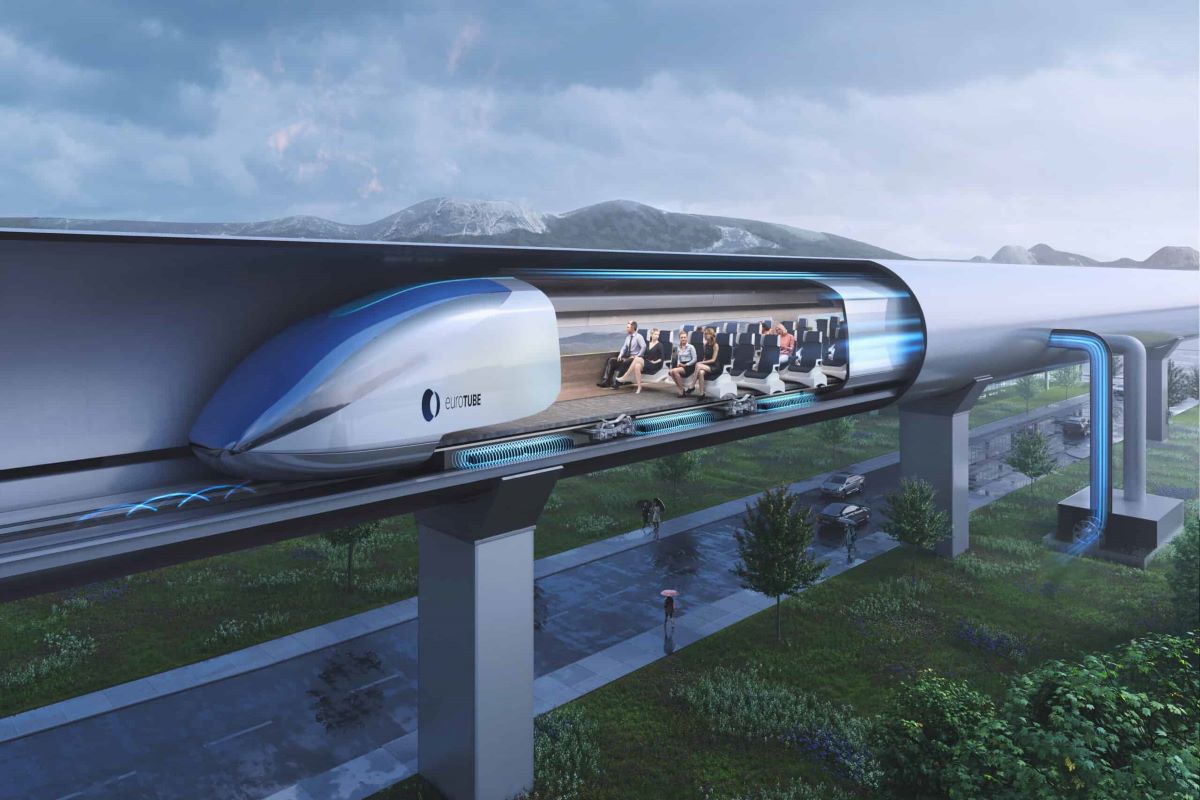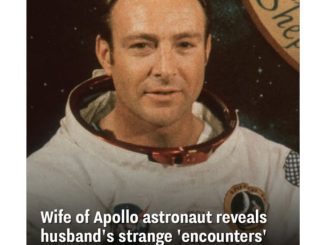Silicon Valley, California – Just when the world was catching its breath from Elon Musk’s latest round of boundary-breaking innovations, he’s back—and this time, it’s not a rocket, a robot, or an AI assistant. It’s something far more radical: a steel tube that may end the age of air travel. Meet the Hyperloop, Musk’s ultra-fast, ultra-disruptive transportation system that’s sending shockwaves through the travel industry.
Capable of reaching a blistering speed of 760 mph, the Hyperloop promises to carry passengers from Los Angeles to San Francisco in just 35 minutes—and at a price point that’s turning heads: only $20 per ticket. It’s not science fiction. It’s a technological battering ram aimed straight at the heart of legacy transportation systems.

While engineers are hailing it as a modern marvel, airlines and rail giants are entering panic mode. Behind closed doors, executive memos from major airline corporations reveal growing fear: the Hyperloop could pose “the greatest threat to aviation since the invention of the jet engine.” Musk’s project isn’t just another futuristic toy—it’s a direct hit to a trillion-dollar industry.
So, how does it work? The Hyperloop operates inside low-pressure steel tubes, where capsules are magnetically levitated to reduce friction almost entirely. Using linear electric motors and advanced maglev tech, each capsule silently glides at record-breaking speeds. Solar panels on top of the tubes power the entire system, making it not just fast but sustainable—potentially reducing carbon emissions by more than 58% compared to air travel.
What makes it even more remarkable is its affordability. At an estimated $20–30 per ride, the Hyperloop could soon make high-speed, intercity travel available to the masses. One capsule fits 28 passengers, and launches are projected to occur every two minutes—possibly every 30 seconds during peak hours. Musk isn’t stopping at people either. Hyperloop systems are already being designed to carry full-size vehicles and cargo. Imagine loading your SUV into a tube and arriving across the state in under 40 minutes—faster than any plane, train, or truck on Earth.
Still, not everyone is sold. Experts warn about the extreme engineering challenges that come with traveling at Mach 1 inside a sealed tube—temperature control, emergency exits, and system failures could turn the dream into a disaster. Others question whether governments and city planners are ready to adapt to such a massive shift. But Elon Musk, never one to shy away from controversy, dismissed these doubts with a tweet in early 2025: “By 2030, if you’re still flying to work, you’re doing it wrong.”
There’s a deeper play here, too. What some saw as a futuristic concept is quickly evolving into a billion-dollar business strategy. Musk could license the Hyperloop technology worldwide, establishing routes between major cities across the globe. Picture traveling from Paris to Berlin in 45 minutes. Tokyo to Osaka in 20. New York to D.C. in under half an hour. Industry analysts are projecting a potential global market value of $15 trillion by 2040, with the system breaking even in under a decade.

The Hyperloop may be more than just another transportation innovation. It’s the kind of disruption that could render today’s methods obsolete. Airlines, rail companies, even entire cities will need to rethink how they move people and products. It’s not just about speed—it’s about reshaping civilization’s entire mobility model.
So is the Hyperloop the dawn of a new era, or just Elon Musk’s latest headline-grabbing experiment? Only time will tell. But one thing is certain: the race is on, and the tube is coming—fast.


